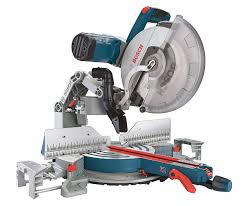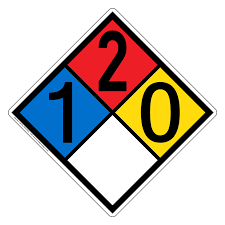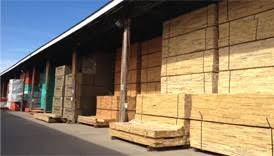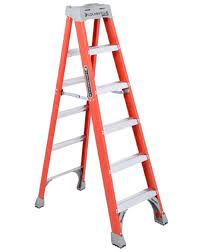Title Page
-
Site conducted
-
Conducted on
-
Prepared by
-
Location
Inspection Checklist
-
Is the power cord for the saw (including plug) free of breaks and/or other damage?
-
Location of damaged cord
-
Are all covers, screws, and other fasteners on the saw in place and tightened?
-
Location of items needing attention
-
Did you fix this item?
-
Is the saw blade in use suitable for the type(s) of material that is being cut?
-
Is the saw blade in use free of chips, loose or missing teeth, warps, burn-marks, cracks, or other damage or deterioration?
-
Location of blade
-
Is the saw and the material to be cut set up relatively level and secured in place to prevent it from vibrating / moving around while being cut?
-
Is the auto-adjusting saw blade guard in place and functioning so as to prevent contact with the turning blade?
-
Location of cut station
Oberservations
-
Is the saw operator provided with and using all required personal protective equipment
-
(e.g.: safety glasses, face shield, hearing protection, proper type and size of gloves . . .)?
-
Is the saw operator keeping both hands away from the blade while it is turning?
-
Is the work area around saw operations kept free of scrap materials, excessive dust build- up, and similar hazards?
-
Were you able to clean this up?
Extension Cords
-
Power cords and extension cords being used are the proper type and size for the task. Specific cords approved for wet<br>locations are used when necessary.
-
All extension cords are grounded cords, with the grounding pin intact.
-
This should be taken out of service
-
All power cords and extension cords are in good repair, without damage to the outer jacket insulation, plugs, or pins.
-
This should be taken out of service
-
Power cords and extension cords are not run through doorways, windows, or unprotected openings or holes in walls.
-
Power cords and extension cords are run so that they do not create tripping hazards
-
Was this issues fixed
-
All equipment with damaged cords have been removed from service.









